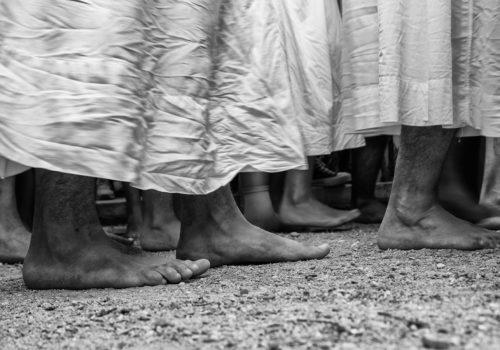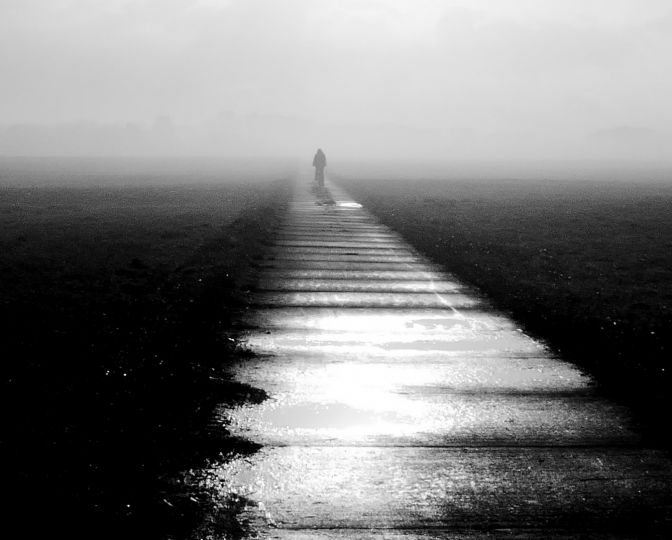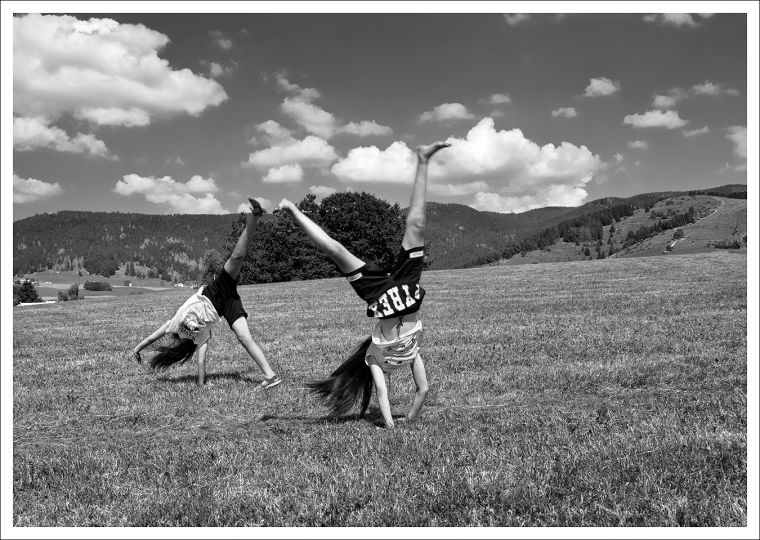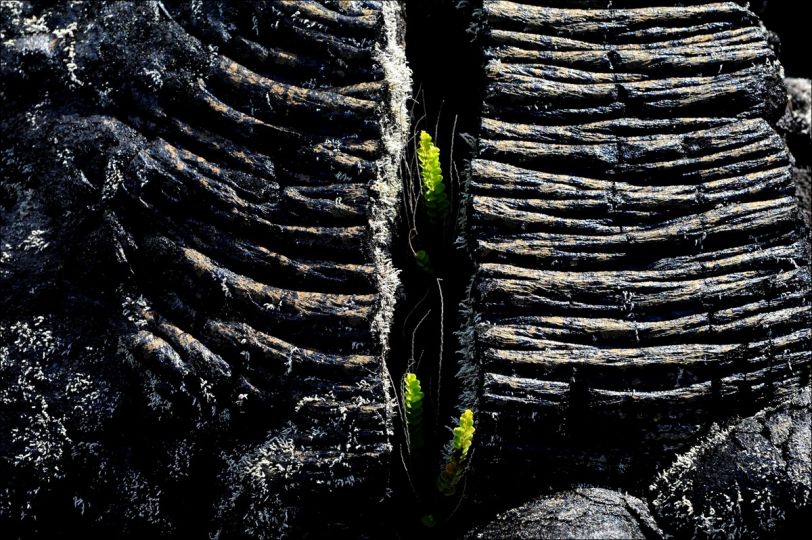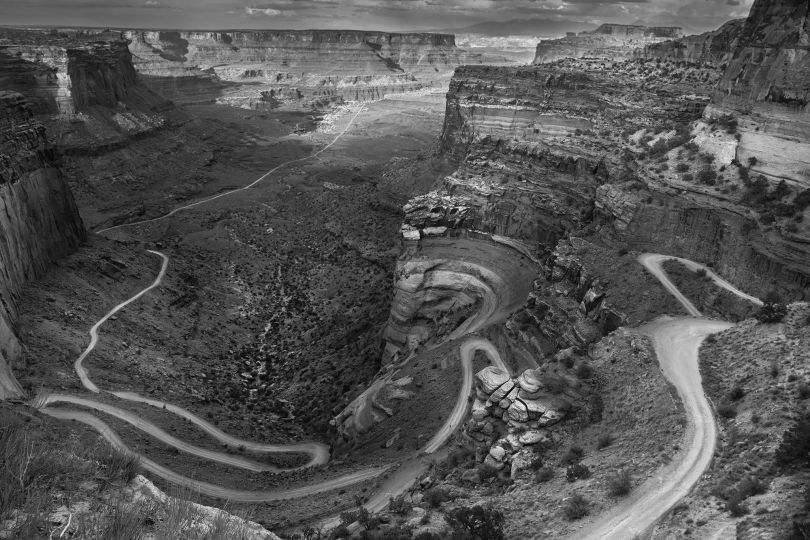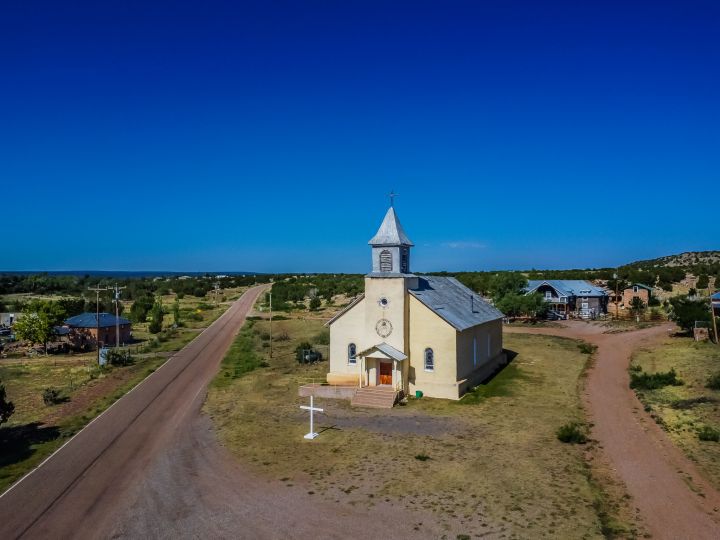Corsa Degli Scalzi – The origins of the race
Every first Sunday of September the faithful of Cabras (Oristano, Central-West Coast of Sardinia) celebrate San Salvatore (Santu Srabadori) through an evocative celebration involving hundreds of men and boys, the Procession of San Salvatore di Sinis, also known as the “Barefoot Race”. As the name of the religious event suggests, the race takes place barefoot, along a route of approximately 7 kilometres: the one that separates the town of Cabras from the village of San Salvatore di Sinis, where the rural church built around the 17th century is located and dedicated to the Holy Savior.
The origins of the celebrations date back to 1619 AD, when due to the incursions of the Moors who involved this territory for a long period of time, to secure the statue of the Savior during one of the Moorish assaults, the local inhabitants gave life to a long, fast run. According to legend, the “Scalzi” used branches tied to their bare feet instead of footwear, so as to raise as much dust as possible during the run and thus appear much more numerous. The ruse worked fully, as the Saracens, frightened at the idea of being faced with a large army, fled. The village and the statue of San Salvatore were safe. Since then, every year, in memory of that miraculous episode, the ritual is repeated to renew the vow made to the Saint.
Tradition dictates that the statue remains in Cabras until the Saturday morning preceding the first Sunday of September, when hundreds of young people, dressed in a white chlamys tied at the waist by a cord (the classic dress of penitents), barefoot and running along paths dusty and bristling with stones, carrying the simulacrum on their shoulders to the village of San Salvatore di Sinis, where the statue remains until Sunday afternoon, when the barefoot people rush it back to Cabras, where it is kept inside the church of Santa Maria Assunta and where it remained until the following year.

